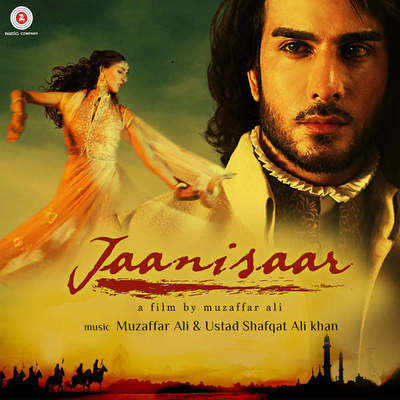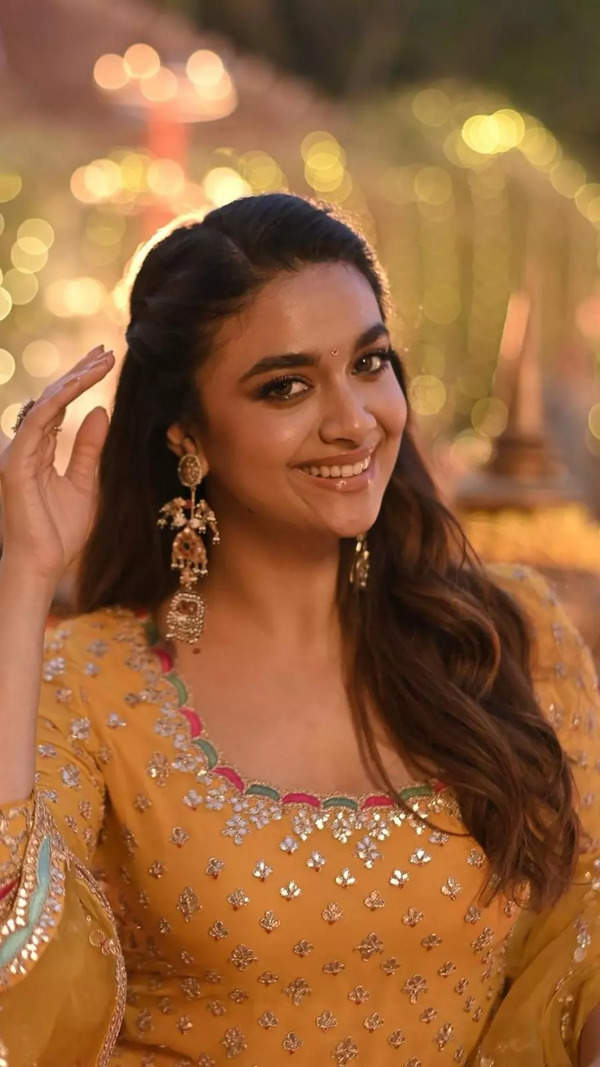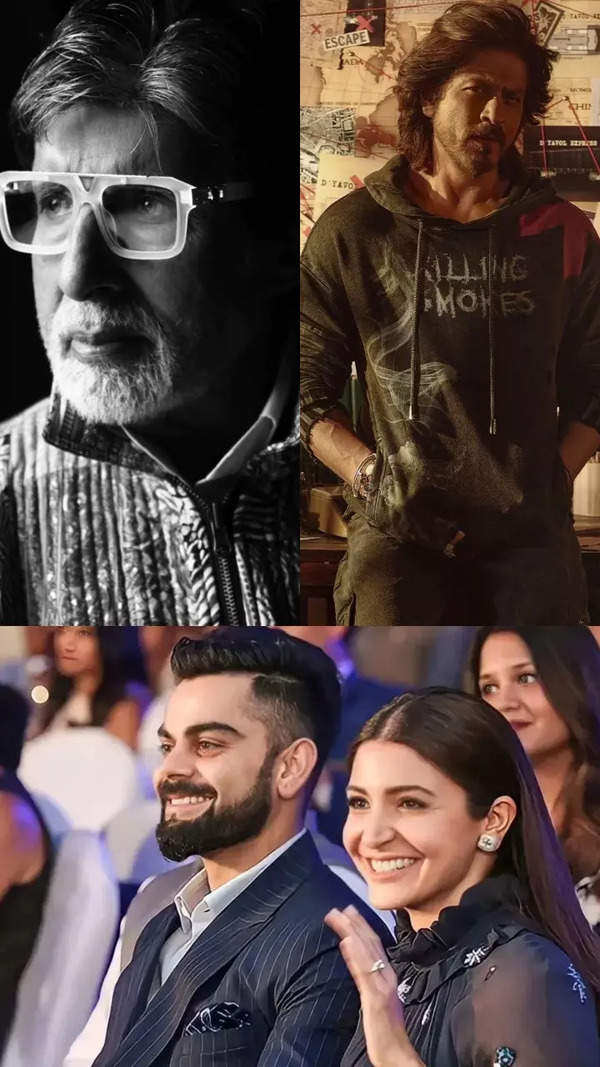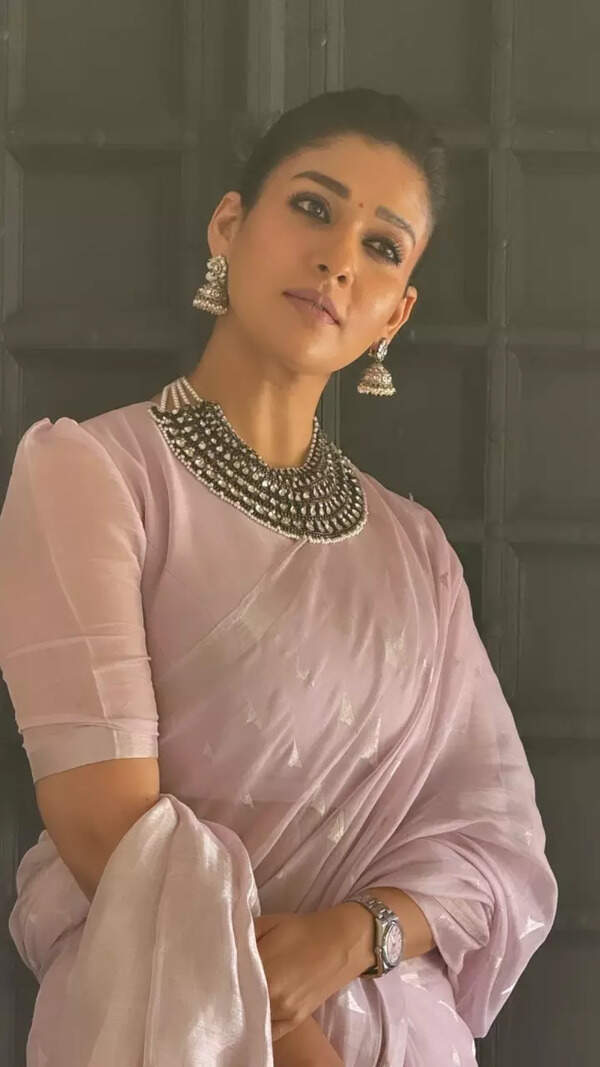- News
- entertainment
- hindi
- bollywood
- Crime still sells, but Bollywood exploring UP’s softer side too
Trending
This story is from August 23, 2015
Crime still sells, but Bollywood exploring UP’s softer side too
Today, UP might be infamous for its audacity and lawlessness, but there was a time when the state’s adaa and tehzeeb were almost proverbial. However, through that shift, it has remained a favourite with filmmakers. We had these filmmakers decode for us the trend of setting ‘realistc’movies, thrillers and hatke romances in UP

Meerut:Uttar Pradesh has always been a big draw for filmmakers. Since the golden era of Bollywood, when films like Chaudhvin ka Chand portrayed the regal elegance of the land to the 70s and 80s when Umrao Jaan and Pakeezah brought to the screen the dazzling colours of the state’s rich culture. But in the recent years, the films set in the state have undergone a dramatic and sudden shift.From Bareilly ke bazaars and Lucknow ki tehzeeb, they have moved to talk about the badlands of Meerut, the lawlessness of Ghaziabad, and the volatile political fray of the state in general. UP, as a character, has seen a fall from grace that is not just sudden but quite evident. We talk to filmmakers, artists, and writers from the state and those who have worked extensively here to decode why UP and crime have come to be synonymous on the celluloid.
READ: Imran Abbas turns photographer for 'Jaanisaar'
Crime is a reality in UP, hence crime-based films are more relatable
Filmmakers say that law and order problems are very much a reality in the state, and they use this as a backdrop for their stories so that the content is not just authentic but more relatable to the audiences. Vinod Kapri, director of Miss Tanakpur Hazir Ho, which drew the ire of khap panchayats in the state, says, “Cinema is like a mirror of society. Most of the films that have been made or set in UP, have projected the state in a somewhat negative light. And if you look at the situation related to crime in the state, I would say that is a justified representation. UP has a volatile image, which makes it easier for the script and filmmaker to recreate that image convincingly. And even the audiences can relate to it.”
UP brings a unique blend of drama and realism to the screen
But many filmmakers argue that it’s not just trying to be real but trying to be more dramatic and intense that has caused so many crime-related films to come out of the state. Zeishan Quadri, director of the upcoming crime-thriller Meeruthiya Gangsters, says, “In UP, you have a story in every galli and nukkad, in every individual. The drama that this state can produce is most evident in crime, which is the reason for many of the films based in UP to have crime as a central theme.”
For latest Bollywood updates, follow us on Twitter >>>@TOIEntertain
For the latest in Bollywood news, like us on Facebook >>>TOIEntertain
Meerut-born filmmaker Shakir Khan, whose directorial debut Ishq ke Parindey was set in Lucknow, adds, “We are in the business of selling dreams. So, even with this new fad of realistic cinema, we have to make sure that there is drama and conflict in the story. This is where UP is unique - it will give you ordinary characters that have the potential to be dramatic and extraordinary. If we have to depict our hero to be the underdog, we need to pitch a villain against him, who might not be larger-than-life but is still powerful. And UP has no dearth of such characters.”
It’s just good business
Another argument is that in the garb of realism and authenticity, filmmakers tend to exploit the perception of UP being a lawless state to base crime-thrillers here just because the genre is a profitable one these days. Ujjawal Arora, a Meerut-born filmmaker and former member of the Censor Board, says, “The truth is that crime sells. Over the last few years, we have seen a huge rise in the number of films that have criminals and gangsters as the chief protagonists with anti-heroes replacing heroes. Since UP has no dearth of such characters and stories, it produces a huge number of films based on crime. Other states have crime too; UP is singled out because it already carries the tag of being a lawless state and filmmakers use that perception. Even smaller films like Bullet Raja and Zilla Ghaziabad have managed to generate curiosity because of the crime bandwagon, coupled with UP’s image.”
Lucknow-based filmmaker Muzaffar Ali, known for period dramas like Umrao Jaan and Jaanisaar, says bringing crime and criminals in the spotlight is a good commercial proposition for filmmakers. He says, “I wouldn’t say that widespread crime and lawlessness is a reality in UP because that would be a sweeping generalisation. It’s just a good commercial proposition these days to have your films centred on crime. Uttar Pradesh has a lot of raw edges and that earthly appeal that attracts film makers. Moreover, Western UP has so many stories, characters, and dialects that lend itself seamlessly to this genre. I believe this trend started with Haasil, which was based on student politics and since then, we have had films like Omkaara, Zilla Ghaziabad, Bullet Raja and several others furthering this trend.”
The tides are changing
But all is not gloomy when it comes to the depiction of UP on the silver screen. Filmmakers and script writers point to recent films like Tanu Weds Manu Returns, Masaan, and Dedh Ishqiya, all of which refrained from depicting the state and its crime in a gritty manner and still managed to click with the audience. Ranjit Singh, production designer of Masaan, says, “Undoubtedly, UP is visually attractive and very rich in heritage but still, many of the movies set in this region draw a lot from areas like crime and corruption. But on the other hand, we have films depicting a much more balanced side of the state a well. Through films like Masaan that was shot in Varanasi or Tanu Weds Manu Returns, which was shot in Lucknow and Kanpur, we get more modern and well-nuanced characters, who don’t have to be negative all the time. So, overall, it’s a mixed bag and even though the negative aspect is more, the situation is changing now.”
Popular screenwriter and lyricist Varun Grover, who has worked on UP-based films like Masaan and Katiya Baaz, says, “UP has been quite infamous for its cases of crime, women security, chaotic law and order, political issues and thus has gained a bad name overall. But, I believe that on many occasions, the film industry over-exploits this aspect. But the last few years, films have undergone a change. Films like Tanu Weds Manu Returns, Main Meri Patni aur Woh and Masaan have well portrayed another aspect of the state, one that is softer and still close to reality. They have managed to be realistic without projecting the state in negative light and neither its characters.”
For more interesting Bollywood news and pictures, follow us on Pinterest>>> timesofindia
For latest Bollywood updates, follow us on G+ >>> The Times of India Entertainment
The diversity of the state makes it an attractive setting
Industry insiders also say that it’s not just the crime in UP but an overall diversity and intense character of the state that draws filmmakers towards it. Veteran actor Manoj Bajpayee, who played a UP politico in Tevar, says, “Just saying that UP is a badland and a lawless state would be wrong. It’s a beautiful state with a rich historical and cultural background. I think that is the reason filmmakers choose it as the setup for their movies, which have plots with a certain depth. UP as a character is vibrant and vivid, and the character changes after every 50 km – be it the dialect, the attire, or even the customs. That gives the directors more scope to experiment with their plot lines and the characters in their film. And any content-heavy film requires that. I think, more than anything else, it’s the intense character of UP that makes it so popular with filmmakers.”
READ: Imran Abbas turns photographer for 'Jaanisaar'
Crime is a reality in UP, hence crime-based films are more relatable
Filmmakers say that law and order problems are very much a reality in the state, and they use this as a backdrop for their stories so that the content is not just authentic but more relatable to the audiences. Vinod Kapri, director of Miss Tanakpur Hazir Ho, which drew the ire of khap panchayats in the state, says, “Cinema is like a mirror of society. Most of the films that have been made or set in UP, have projected the state in a somewhat negative light. And if you look at the situation related to crime in the state, I would say that is a justified representation. UP has a volatile image, which makes it easier for the script and filmmaker to recreate that image convincingly. And even the audiences can relate to it.”
Hansal Mehta, who is making the upcoming movie Aligarh, says, “I believe that this state is becoming a major centre for film-makers to shoot in. UP in itself does have widespread crime and law and order issues, which gives films a lot of fodder wherein they can merge entertainment with reality by taking inspiration from real-life examples, locations and incidents. We get incredible stories from UP since it is the place where Hindi Literature has thrived. So, if a love story is to be shot, we go for foreign locations but if we have to shoot a realistic movie with real incidents of crime, UP is the ideal setting.”
UP brings a unique blend of drama and realism to the screen
But many filmmakers argue that it’s not just trying to be real but trying to be more dramatic and intense that has caused so many crime-related films to come out of the state. Zeishan Quadri, director of the upcoming crime-thriller Meeruthiya Gangsters, says, “In UP, you have a story in every galli and nukkad, in every individual. The drama that this state can produce is most evident in crime, which is the reason for many of the films based in UP to have crime as a central theme.”
For latest Bollywood updates, follow us on Twitter >>>@TOIEntertain
For the latest in Bollywood news, like us on Facebook >>>TOIEntertain
Meerut-born filmmaker Shakir Khan, whose directorial debut Ishq ke Parindey was set in Lucknow, adds, “We are in the business of selling dreams. So, even with this new fad of realistic cinema, we have to make sure that there is drama and conflict in the story. This is where UP is unique - it will give you ordinary characters that have the potential to be dramatic and extraordinary. If we have to depict our hero to be the underdog, we need to pitch a villain against him, who might not be larger-than-life but is still powerful. And UP has no dearth of such characters.”
It’s just good business
Another argument is that in the garb of realism and authenticity, filmmakers tend to exploit the perception of UP being a lawless state to base crime-thrillers here just because the genre is a profitable one these days. Ujjawal Arora, a Meerut-born filmmaker and former member of the Censor Board, says, “The truth is that crime sells. Over the last few years, we have seen a huge rise in the number of films that have criminals and gangsters as the chief protagonists with anti-heroes replacing heroes. Since UP has no dearth of such characters and stories, it produces a huge number of films based on crime. Other states have crime too; UP is singled out because it already carries the tag of being a lawless state and filmmakers use that perception. Even smaller films like Bullet Raja and Zilla Ghaziabad have managed to generate curiosity because of the crime bandwagon, coupled with UP’s image.”
Lucknow-based filmmaker Muzaffar Ali, known for period dramas like Umrao Jaan and Jaanisaar, says bringing crime and criminals in the spotlight is a good commercial proposition for filmmakers. He says, “I wouldn’t say that widespread crime and lawlessness is a reality in UP because that would be a sweeping generalisation. It’s just a good commercial proposition these days to have your films centred on crime. Uttar Pradesh has a lot of raw edges and that earthly appeal that attracts film makers. Moreover, Western UP has so many stories, characters, and dialects that lend itself seamlessly to this genre. I believe this trend started with Haasil, which was based on student politics and since then, we have had films like Omkaara, Zilla Ghaziabad, Bullet Raja and several others furthering this trend.”
The tides are changing
But all is not gloomy when it comes to the depiction of UP on the silver screen. Filmmakers and script writers point to recent films like Tanu Weds Manu Returns, Masaan, and Dedh Ishqiya, all of which refrained from depicting the state and its crime in a gritty manner and still managed to click with the audience. Ranjit Singh, production designer of Masaan, says, “Undoubtedly, UP is visually attractive and very rich in heritage but still, many of the movies set in this region draw a lot from areas like crime and corruption. But on the other hand, we have films depicting a much more balanced side of the state a well. Through films like Masaan that was shot in Varanasi or Tanu Weds Manu Returns, which was shot in Lucknow and Kanpur, we get more modern and well-nuanced characters, who don’t have to be negative all the time. So, overall, it’s a mixed bag and even though the negative aspect is more, the situation is changing now.”
Popular screenwriter and lyricist Varun Grover, who has worked on UP-based films like Masaan and Katiya Baaz, says, “UP has been quite infamous for its cases of crime, women security, chaotic law and order, political issues and thus has gained a bad name overall. But, I believe that on many occasions, the film industry over-exploits this aspect. But the last few years, films have undergone a change. Films like Tanu Weds Manu Returns, Main Meri Patni aur Woh and Masaan have well portrayed another aspect of the state, one that is softer and still close to reality. They have managed to be realistic without projecting the state in negative light and neither its characters.”
For more interesting Bollywood news and pictures, follow us on Pinterest>>> timesofindia
For latest Bollywood updates, follow us on G+ >>> The Times of India Entertainment
The diversity of the state makes it an attractive setting
Industry insiders also say that it’s not just the crime in UP but an overall diversity and intense character of the state that draws filmmakers towards it. Veteran actor Manoj Bajpayee, who played a UP politico in Tevar, says, “Just saying that UP is a badland and a lawless state would be wrong. It’s a beautiful state with a rich historical and cultural background. I think that is the reason filmmakers choose it as the setup for their movies, which have plots with a certain depth. UP as a character is vibrant and vivid, and the character changes after every 50 km – be it the dialect, the attire, or even the customs. That gives the directors more scope to experiment with their plot lines and the characters in their film. And any content-heavy film requires that. I think, more than anything else, it’s the intense character of UP that makes it so popular with filmmakers.”
End of Article
FOLLOW US ON SOCIAL MEDIA









